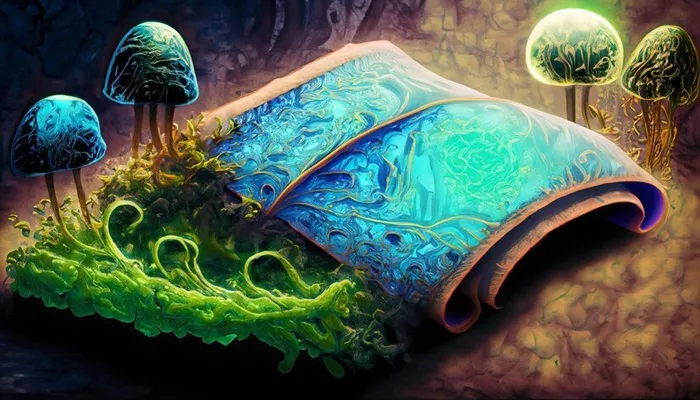I was filled with high hopes for Split Fiction. After the brilliance of It Takes Two, which I played with my brother, I was eager for more co-op platforming magic. The joy of sharing an adventure that mirrored the simple, nostalgic pleasures of childhood gaming—like passing around a Game Boy Advance—was something I looked forward to revisiting in this new game. While the quirky, often cheesy dialogue in It Takes Two worked within its family-oriented narrative, I anticipated Split Fiction would take a different, more refined approach, especially given its grand mix of fantasy and science fiction. However, it didn’t quite deliver on its promise.
Split Fiction’s premise—blending elements of both sci-fi and fantasy, with a storyline about AI stealing writers’ ideas—was a fascinating one, especially in an era where the rise of AI-generated content is a hot topic. But right from the start, the game falters with its writing. The same over-the-top, corny script that felt playful in It Takes Two now feels out of place and distracting in a narrative dealing with heavier themes like grief and intellectual theft. The dialogue is just as cringeworthy here, but in a context that demands more maturity and seriousness. It’s hard to take any of the game’s emotional stakes seriously when every character speaks in overblown, unrealistic lines.
But the writing isn’t the only issue. The game itself quickly becomes repetitive. While the level design shifts from sci-fi to fantasy, with inspirations from Dune, Iron Man, and even Metroid, the experience never feels truly original. There’s a pervasive sense of déjà vu, as the game draws from almost every major sci-fi and fantasy franchise you can think of, often borrowing heavily without adding much of its own. The feeling of ludonarrative dissonance—the disconnect between the game’s mechanics and its story—becomes glaring. The villain’s quest to steal ideas feels almost ironic when the game itself constantly borrows from the narrative and gameplay playbooks of other titles.
This leads to the ultimate frustration: the game feels like it’s not taking full advantage of its genre-blending potential. I had hoped for something more dynamic, something that truly pushed the boundaries of creativity. Instead, Split Fiction’s narrative and level design often feel like an uninspired mash-up of well-trodden ideas. Unlike It Takes Two, which used its constrained setting to create a deeply personal story, Split Fiction’s limitless sci-fi and fantasy worlds are, sadly, generic and uninspired.
However, not everything about Split Fiction is a misstep. The side quests, scattered throughout the game, are a highlight. These optional levels delve deeper into the characters’ emotional landscapes, offering unique and whimsical experiences that inject some much-needed joy into the game. Whether it’s transforming into a farting pig or searching for a spectral cat while turned into a chair, these moments provide the creativity and charm the main story sorely lacks. The side stories allow the characters’ personalities and motivations to shine through far more effectively than the main plot or dialogue ever could.
Yet, even with these side quests injecting some much-needed color, the overall experience feels disjointed. The core of Split Fiction is a fantastic concept that never quite reaches its potential. The game’s predictable levels, lackluster combat, and awkward vehicle mechanics make it hard to stay invested in the long haul. For all its ambition, Split Fiction ends up feeling like a missed opportunity, one where the playful, innovative spirit of It Takes Two is obscured by a lack of originality and a script that misses the mark. If the entire game had embraced the whimsy and freedom found in its side quests, it might have been something truly special.

